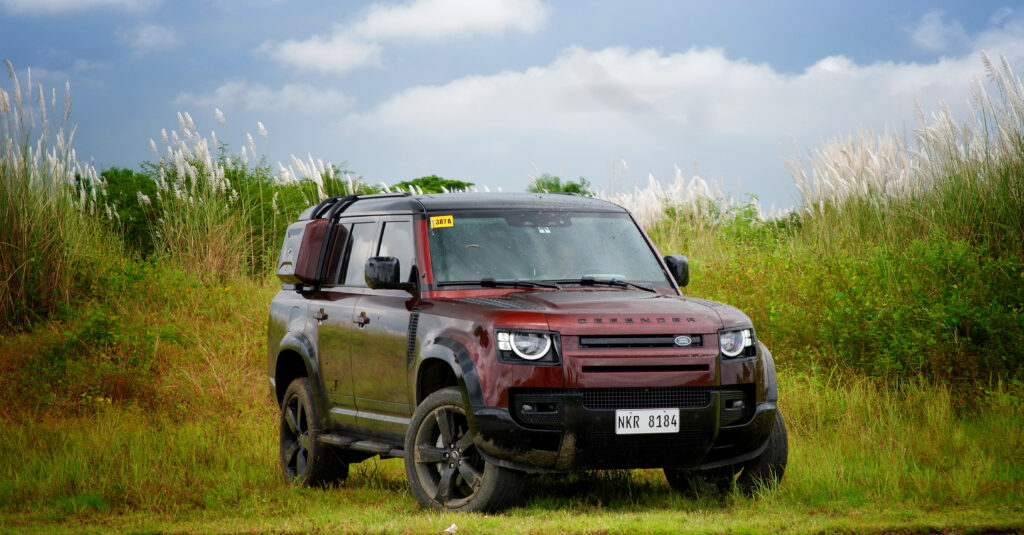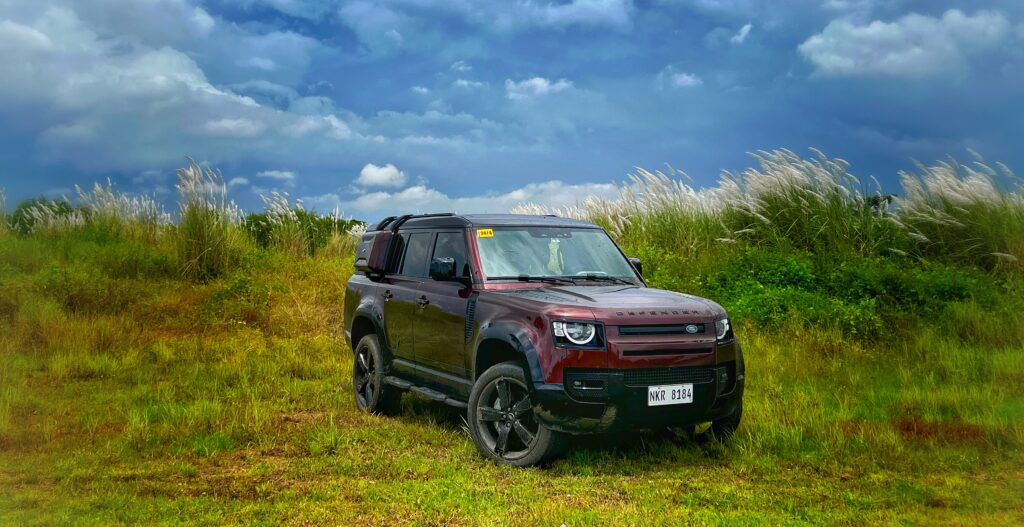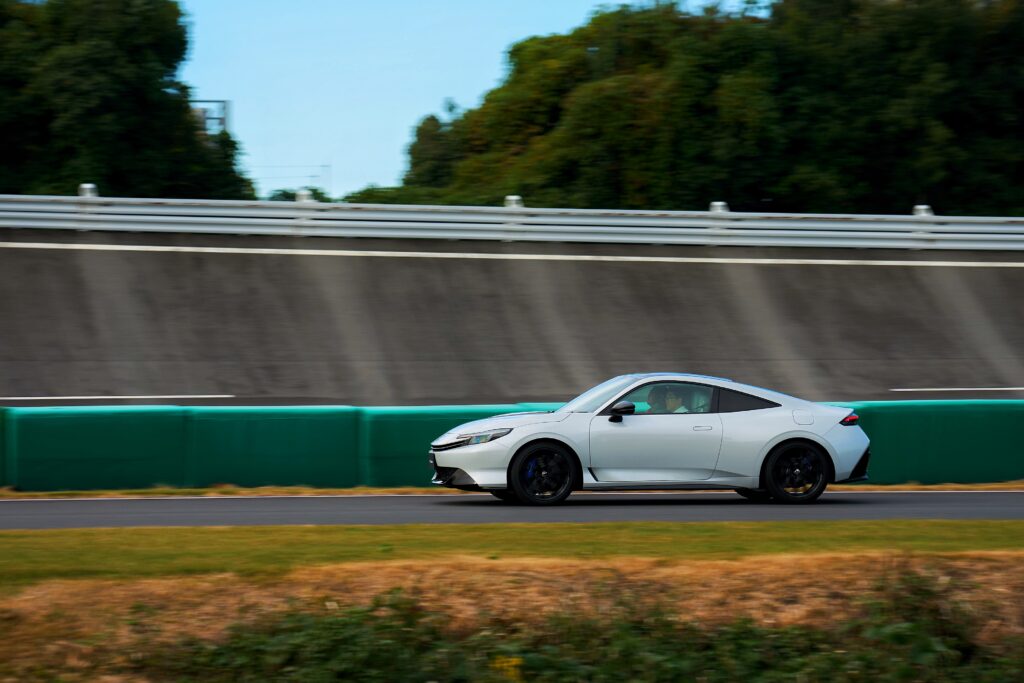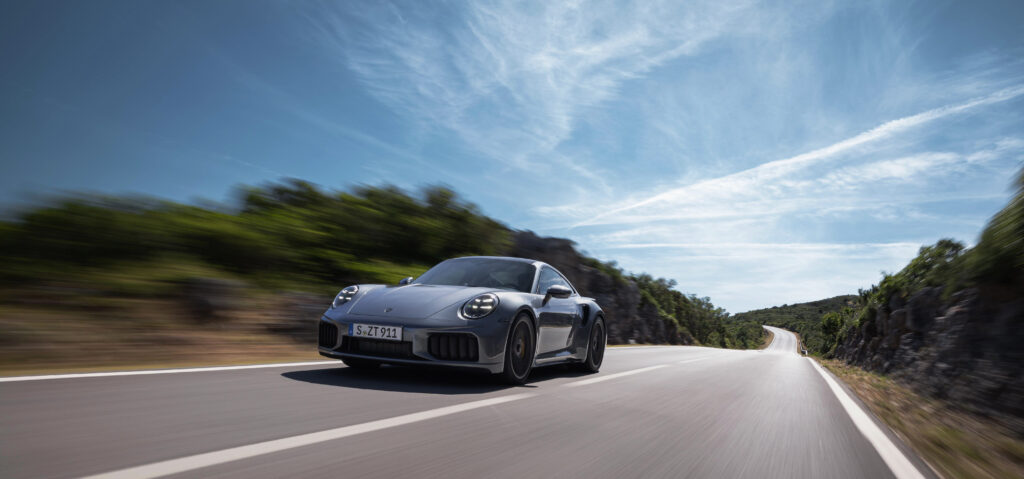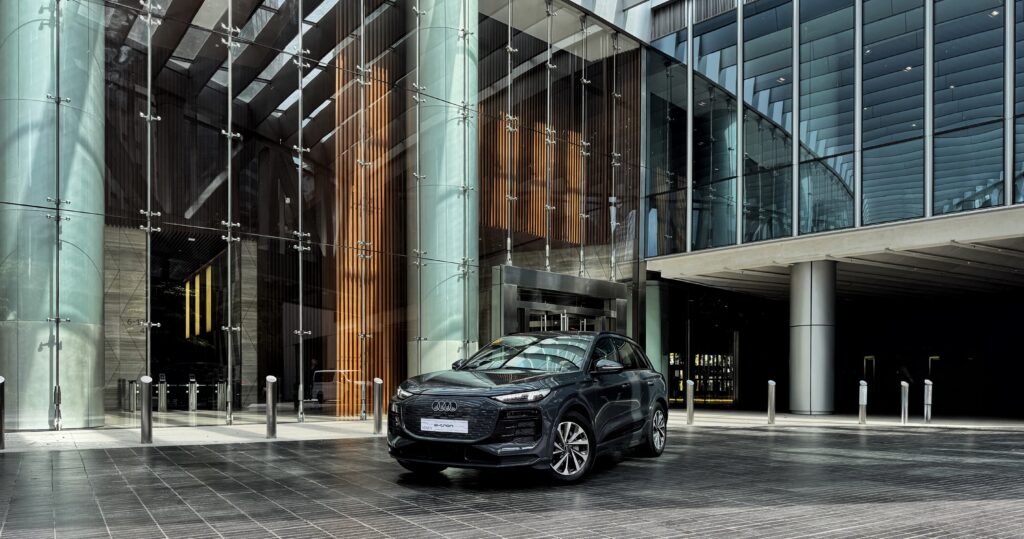I have a confession to make. I ALMOST got stuck in very deep and thick mud while we were out shooting the Defender D130.
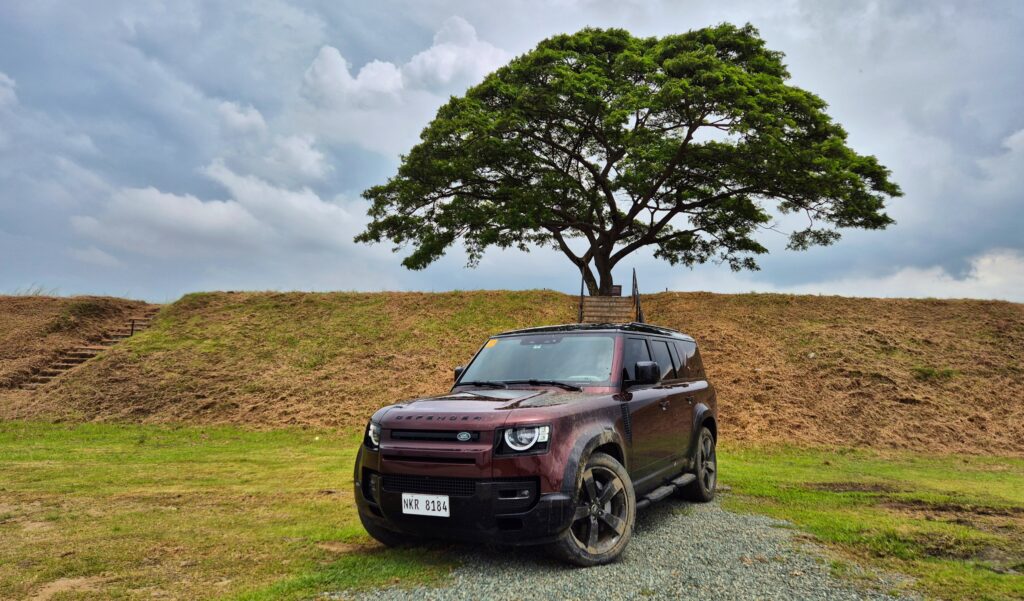
Apparently, I erroneously parked on the side of the road that was very much submerged in water with just enough thick gooey mud to render us immobile. When we tried to get out, the Defender just spun all four wheels, mud flying everywhere.
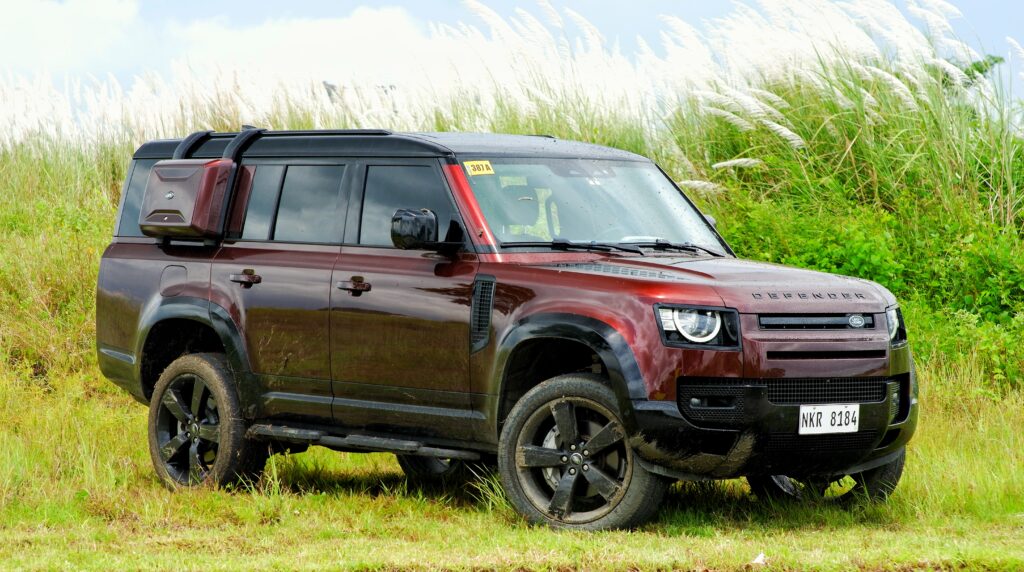
Even with terrain management selected to the appropriate settings (slippery snow / grass / mud), the Defender would move a few inches, only to dig itself deeper into a murky, muddy grave. Thankfully, by some miracle, the Defender finally wiggled its way out, the 22-inch 275/45R22 high-performance highway terrain tires magically finding just enough bite to wrangle us out, all while covered in a thick cake of mud.
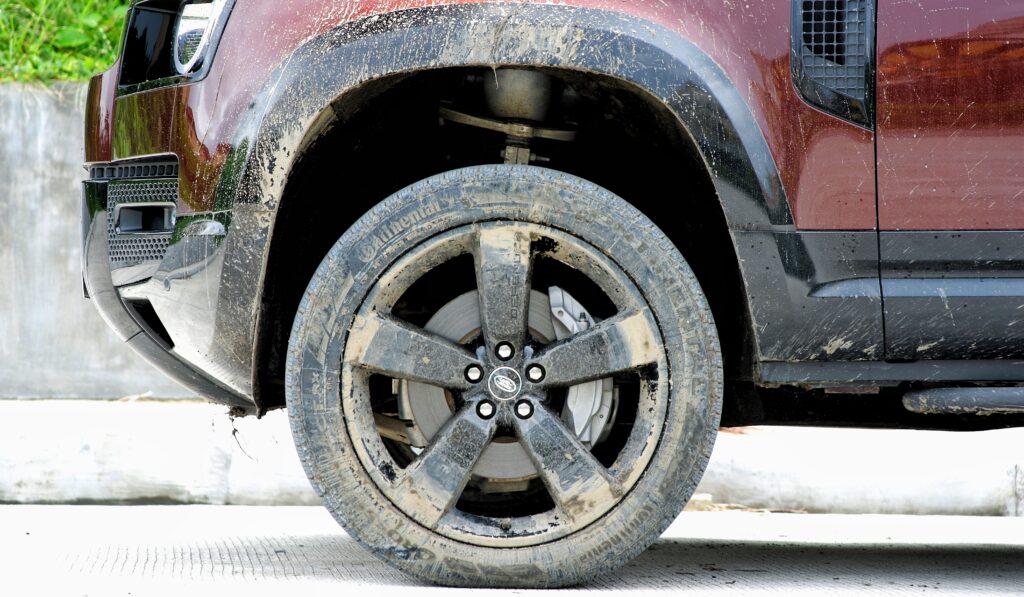
Did the Defender just prove to me that it still lives up to its legendary moniker? The best 4 x 4 x far? Despite my skill (or gross lack of it thereof), it got us out and we finished the shoot without need for assistance or emergency recovery (which would have been mortifying for our fledgling media).
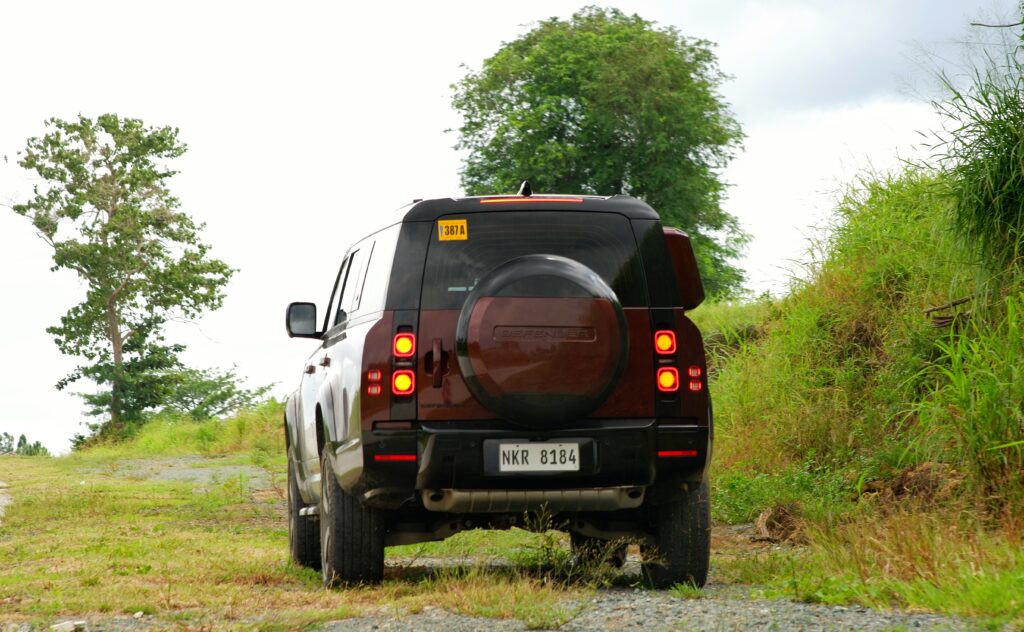
The modern, easy-to-live with Defender, internally designated as the L663 generation, still has that same off-road prowess as the original. But now made that performance is much more accessible in the hands of a complete novice like me. How is it though when the going gets smooth and fast, twisty and undulating?
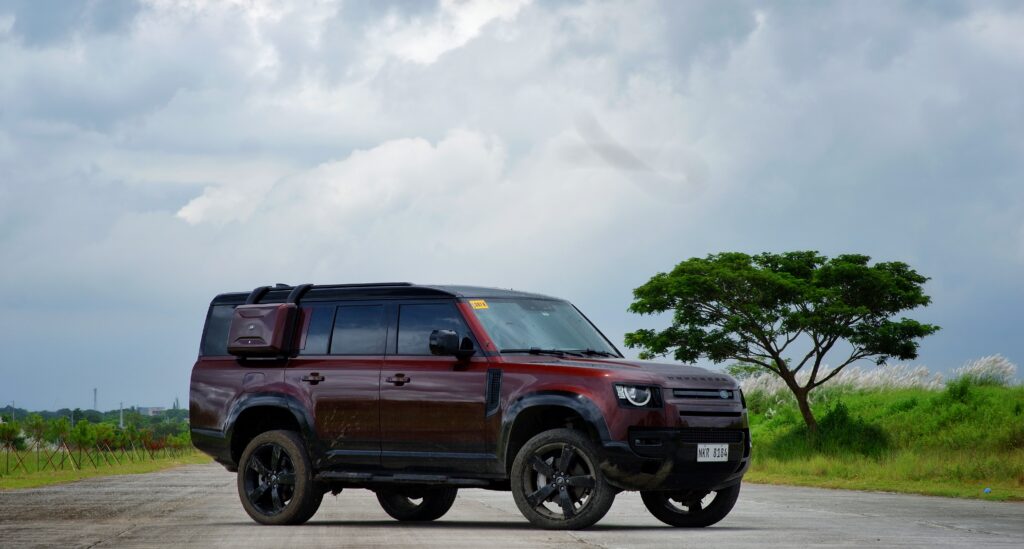
The day prior, I had to drive to Tagaytay in abysmal weather. Rain, skittish roads, road debris from mud, sand and whatever else covering the highway. Every car was driving well below 80km/h. The Defender? Flying past everything else confidently and effortlessly at a steady 100km/h. As if the rain made no difference
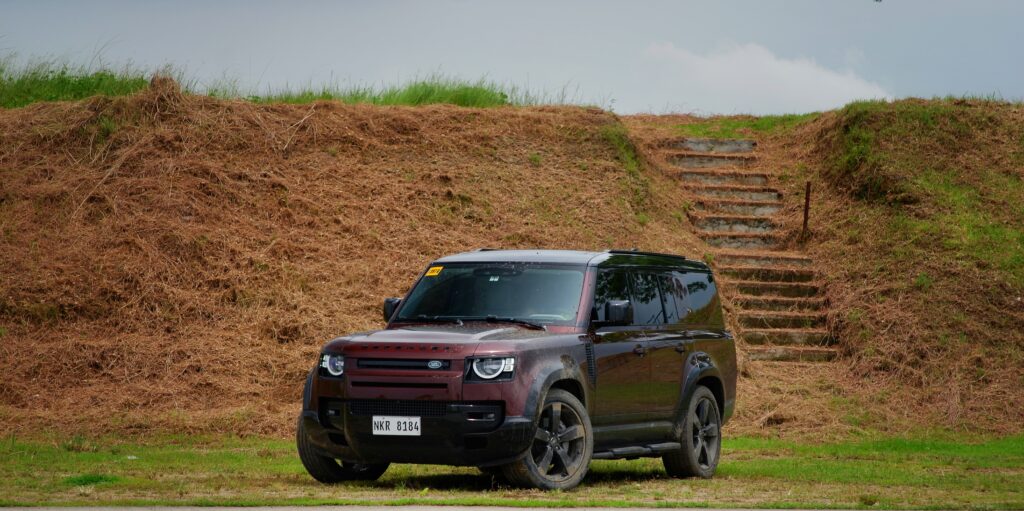
I drove to work in supreme air-conditioned comfort, with multi-zone automatic climate controlled refinement, listening to music streamed onto the Pivi Pro’s 11.4 inch infotainment screen,
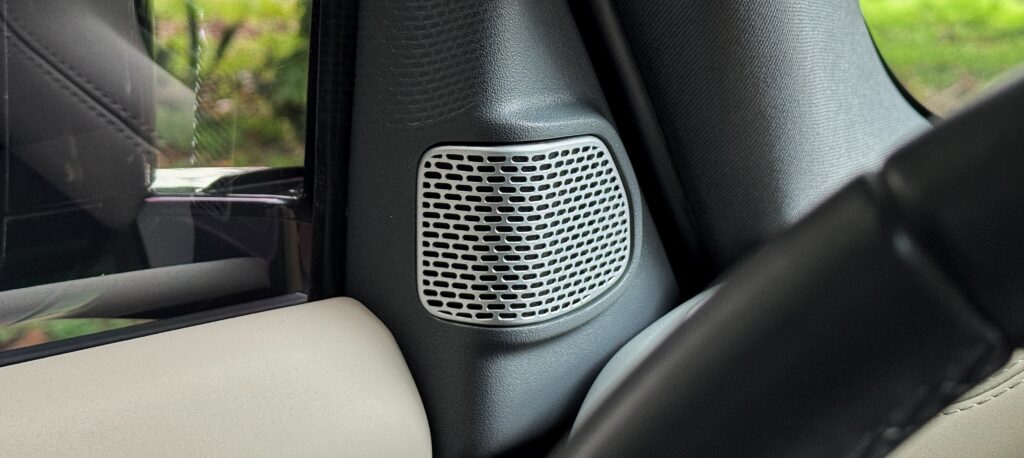
then broadcasted onto the Meridian 10-speaker surround sound system with a subwoofer delivering the hard-hitting bass. The 2026 models will get an even larger 13.6 inch screen. It’s like *gasp* a regular cross-over.
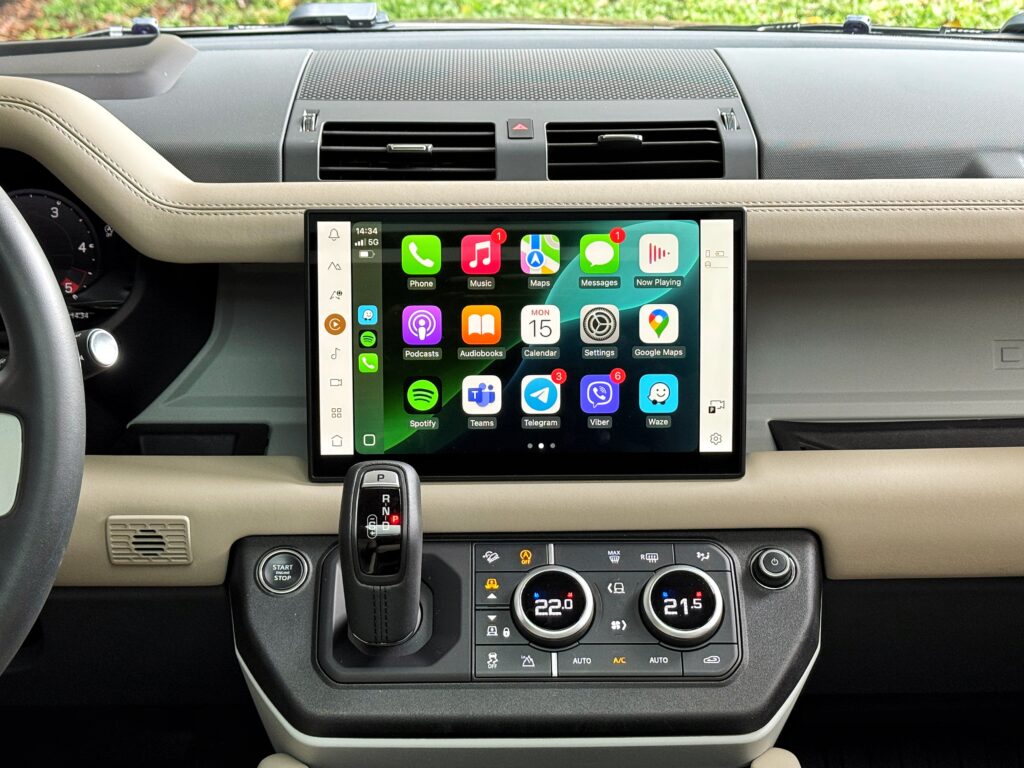
Even the Ingenium inline-six delivers the most characterful sounding engine note I’ve heard, more so than the anodyne turbine hum from the Germans. The car feels well balanced on the road, perfectly in its element.
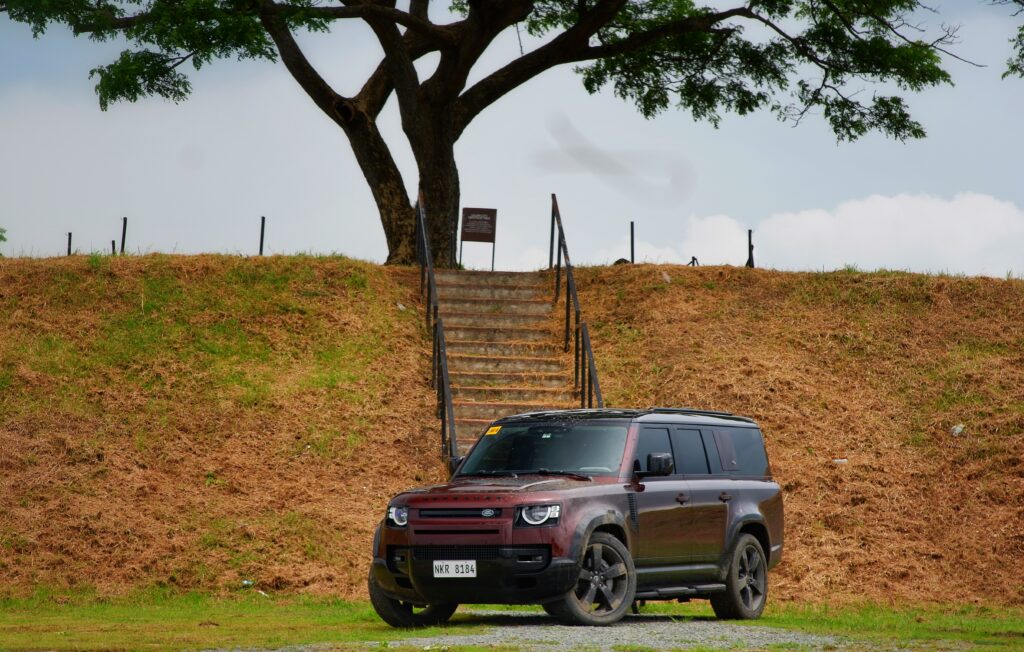
You see, the Defender’s off-road prowess was always legendary, never questioned. But today, everybody wants a piece of the legend’s heritage, its halo effect, projecting an image of adventure and risk-taking to people who have never ventured further than a gravel parking lot or an unpaved farm-to-market road for their off-road adventure.
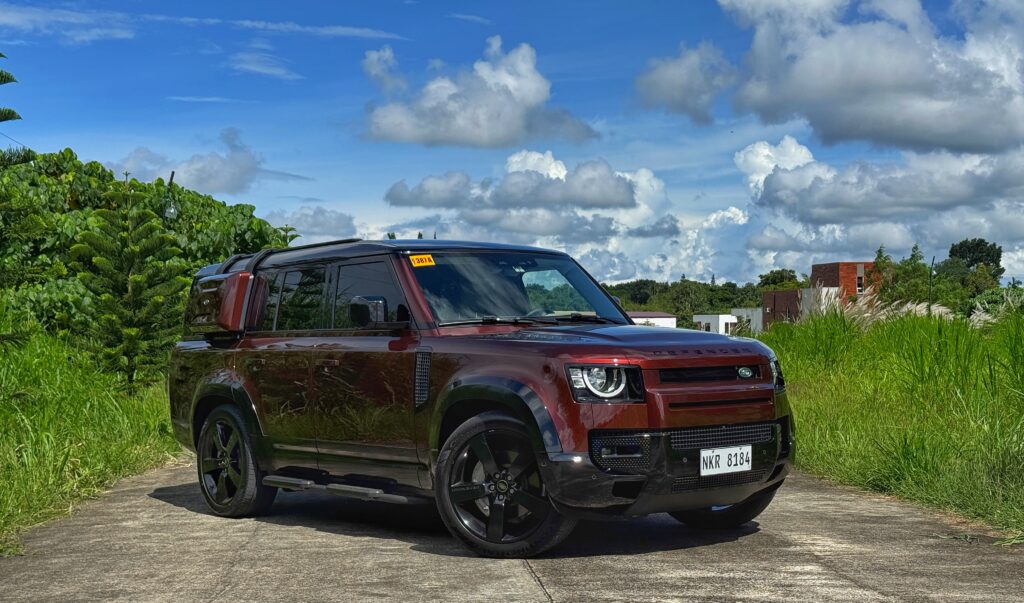
Not everybody wants to circumnavigate the world or drive across the harshest of terrains.
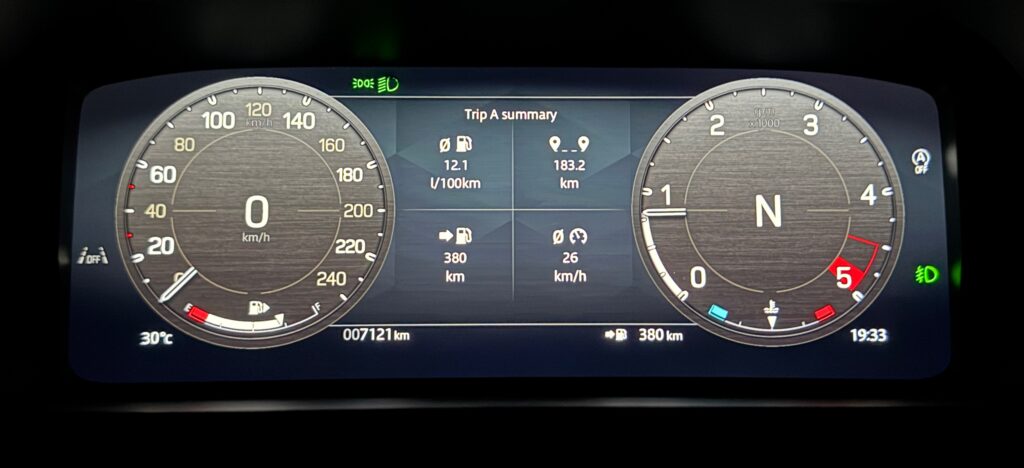
No, people today want all the prowess, the capability, the reputation and the image of the legendary Defender line, but with horns sanded off, tamed for the city life in a polished and stylish garb.
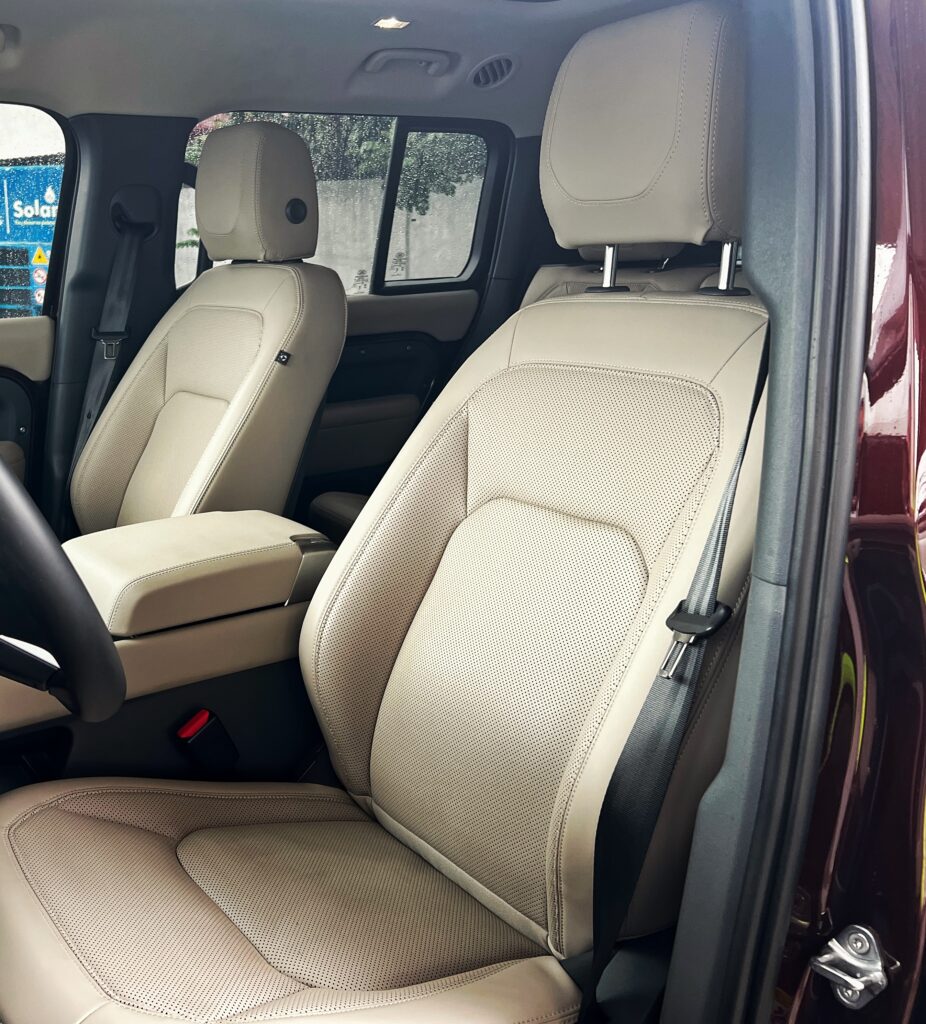 Indeed, over-specification is the name of the game in the 21st century.
Indeed, over-specification is the name of the game in the 21st century.
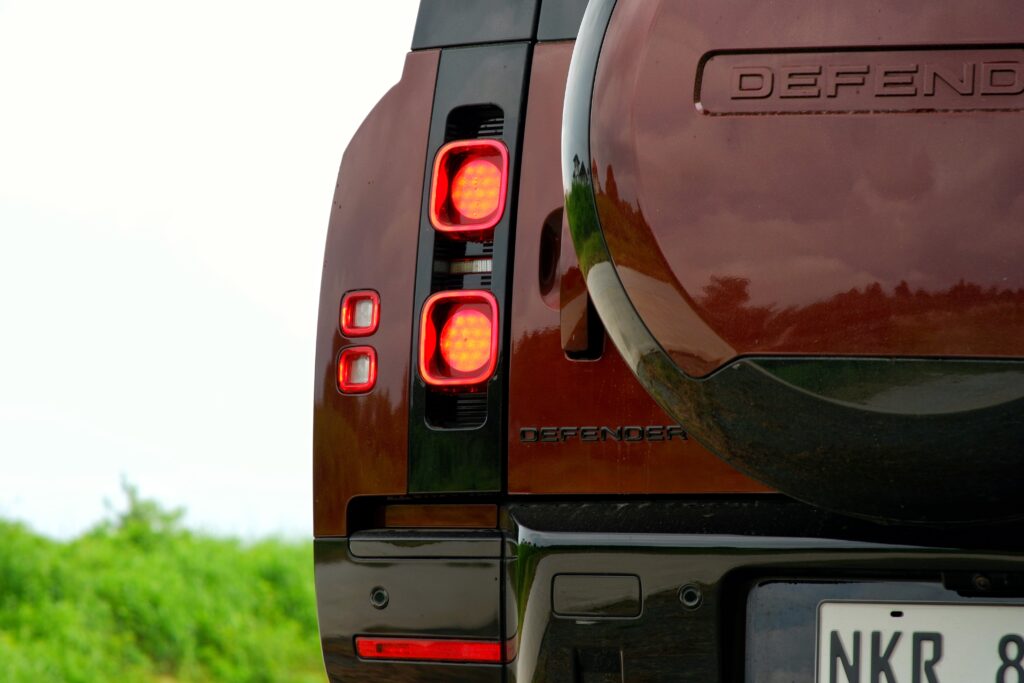
Did Land Rover succeed? We’ll get back to that.
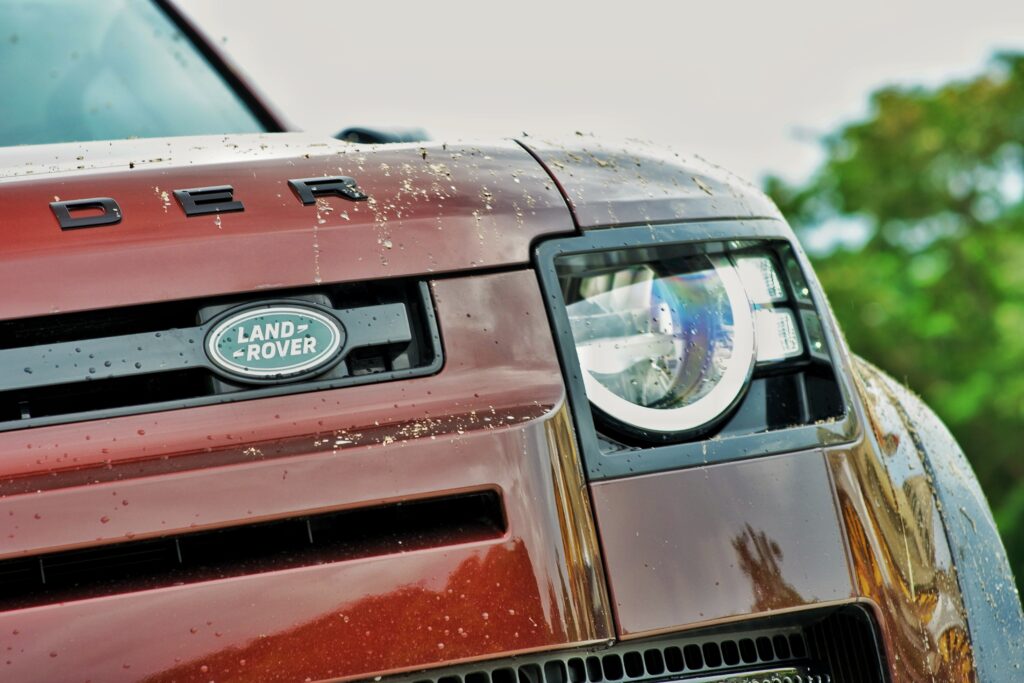
Most people typically opt for the D110 5-door 5-seater body style. The more dedicated off-road (and well-heeled) aficionado might chose the short-wheelbase D90 3-door which has superior break-over angle (it’s ability to scale over sharp ramps and embankments), but I prefer the D130. Why? The extended body gives it more space and therefore more flexibility to carry people and cargo.
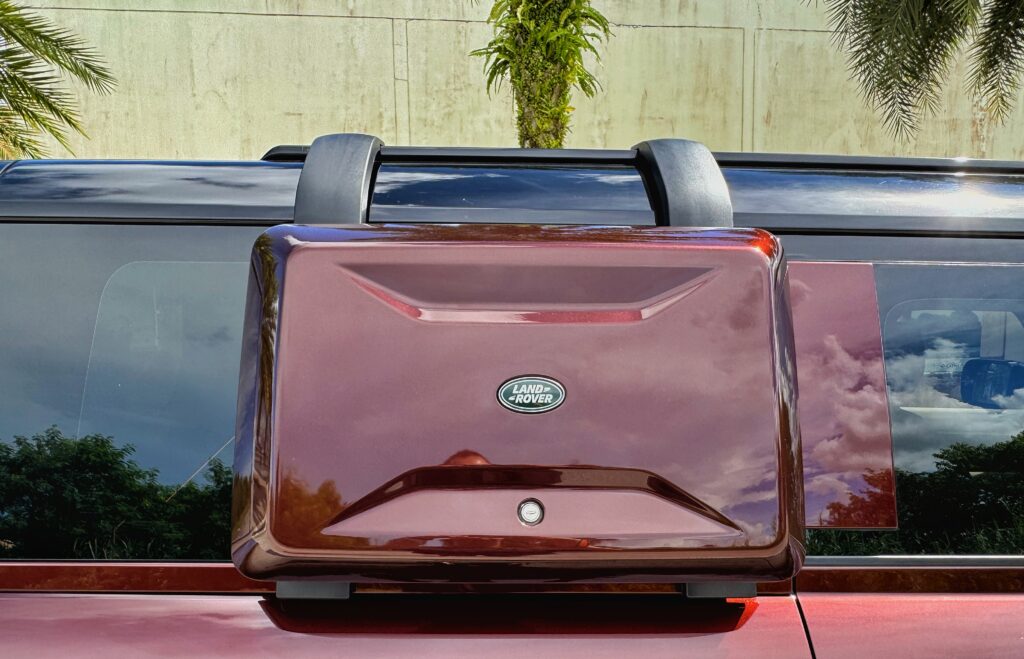
It also helps give the Defender D130 a more relaxed gait. It doesn’t feel as sharp as the shorter and lighter D110, but the longer (at 5.377 meters versus 5.018 meters for the shorter D110), D130 still feels just as progressive, as predictable and as responsive, albeit a tad slower moving its weight around its four corners.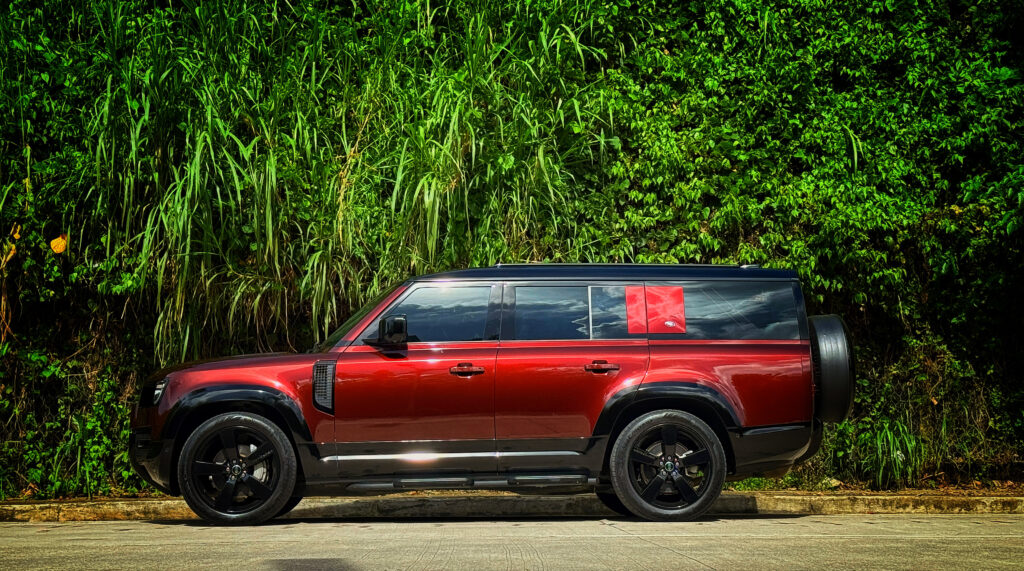
The Defender D130 ends up feeling more relaxed, more comfort oriented and in a sense, more gently reassuring than the more urgent D110. But that in no way takes from its ability to drive hard and fast on the pavement.
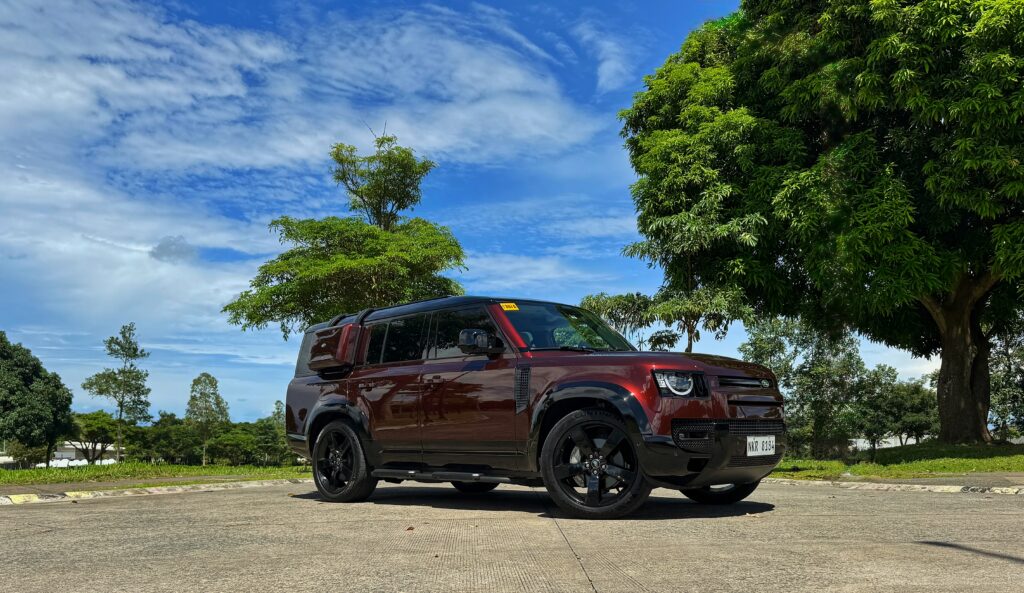
Power comes from an Ingenium (the group’s in-house family of four and six-cylinder engines) six-cylinder mild-hybrid diesel engine producing 300bhp and 650 Newton-Meters of grunt. It uses a belt-integrated starter motor to provide extra push when coasting and under hard acceleration, plus some energy recovery under braking.
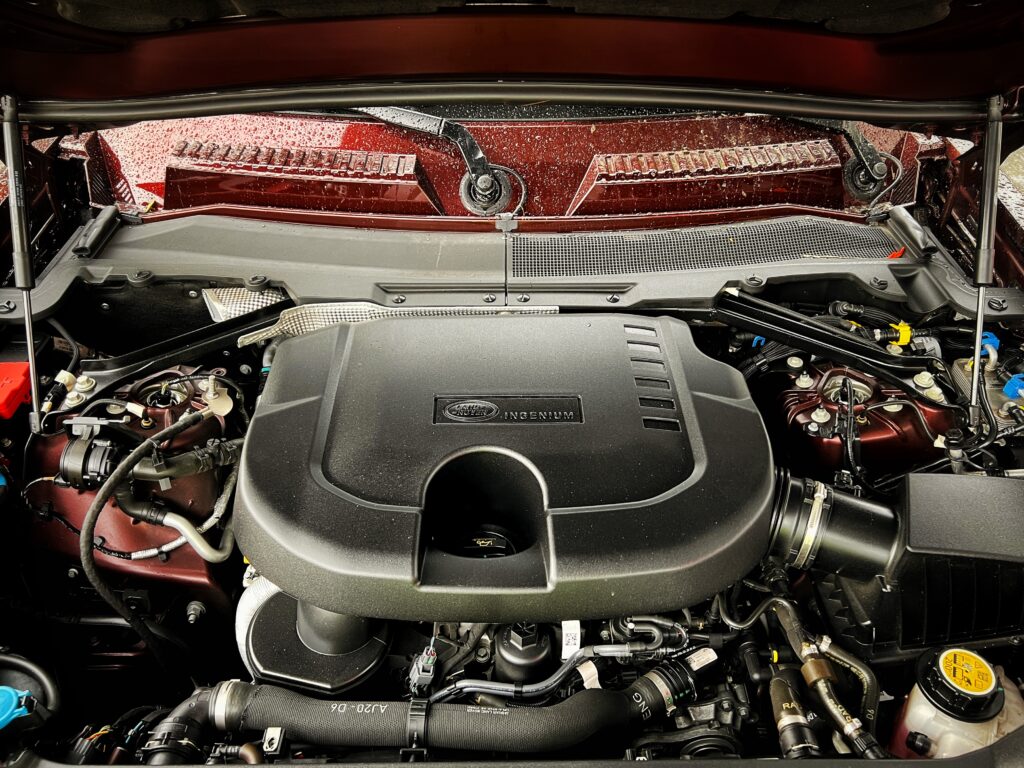
It sends power to all four wheels via an intelligent 4-wheel drive system paired with the ever-reliable 8-speed ZF automatic transmission. Power is just right, very broad and flexible. The steering is surprisingly very good, with loads of feel, good feedback and impressive on-road manners. These are not characteristics one finds in every previous Defender.
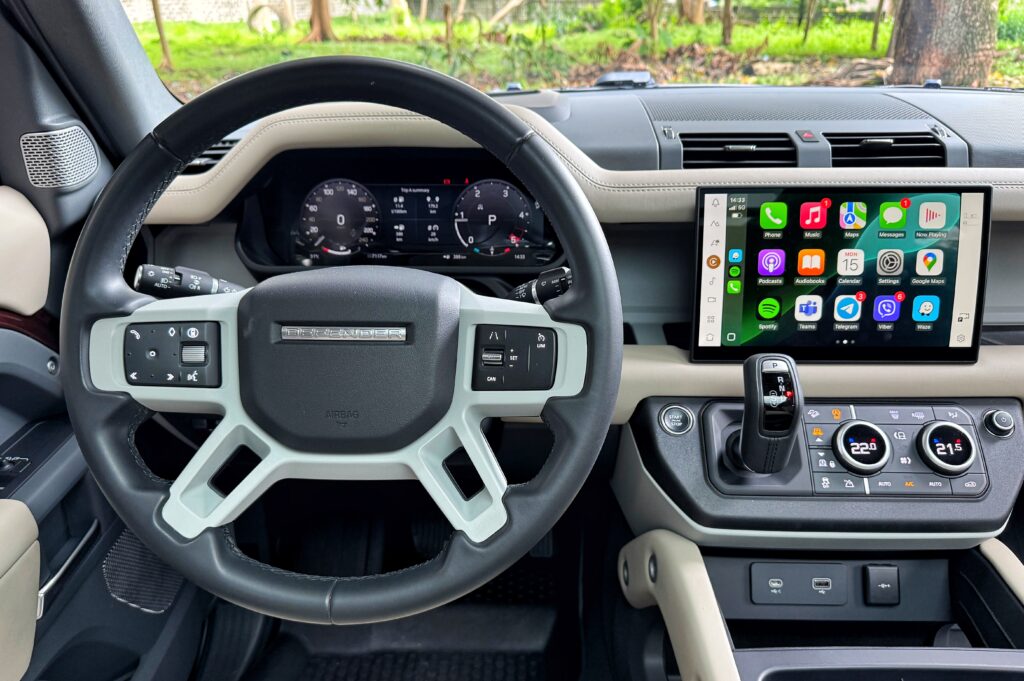
You feel very confident to blaze a trail through slow-moving traffic in the Defender, it’s considerable width being the only limiter to your sneaky on-road adventures. The brakes are powerful, well-modulated, progressive and fade-free, giving you confidence to really push it hard on the road.
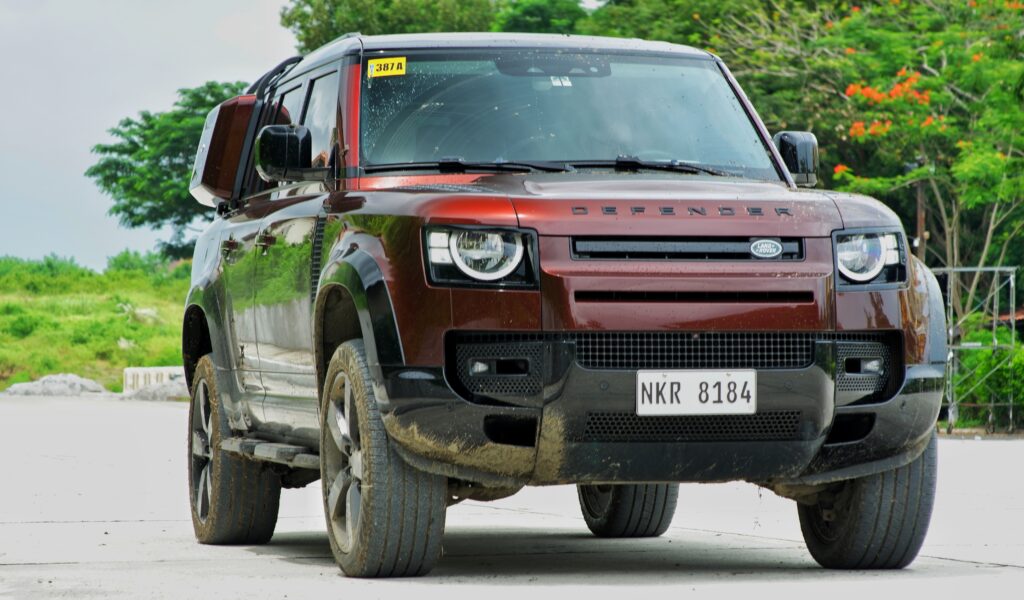
Just as impressive are the Defender’s height adjustable air-suspension that does an impressive job of controlling chassis pitch, squat and roll while still being very comfortable and pliant. In raised mode, it offers a full 293mm of ground clearance, and a flood wading depth of 900mm. In its regular on-road height of 216mm ground clearance, you get a slightly lower 850mm of flood wading depth.
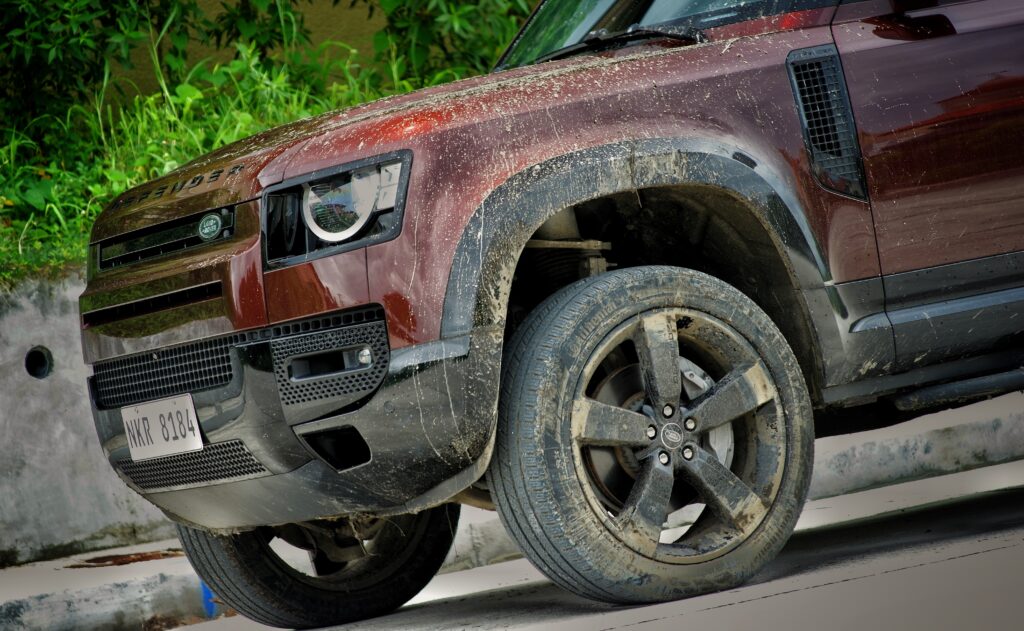
As a reference, most Asian pick-ups and pick-up based 7-seat diesel SUV’s have between 600-800mm of flood wading.
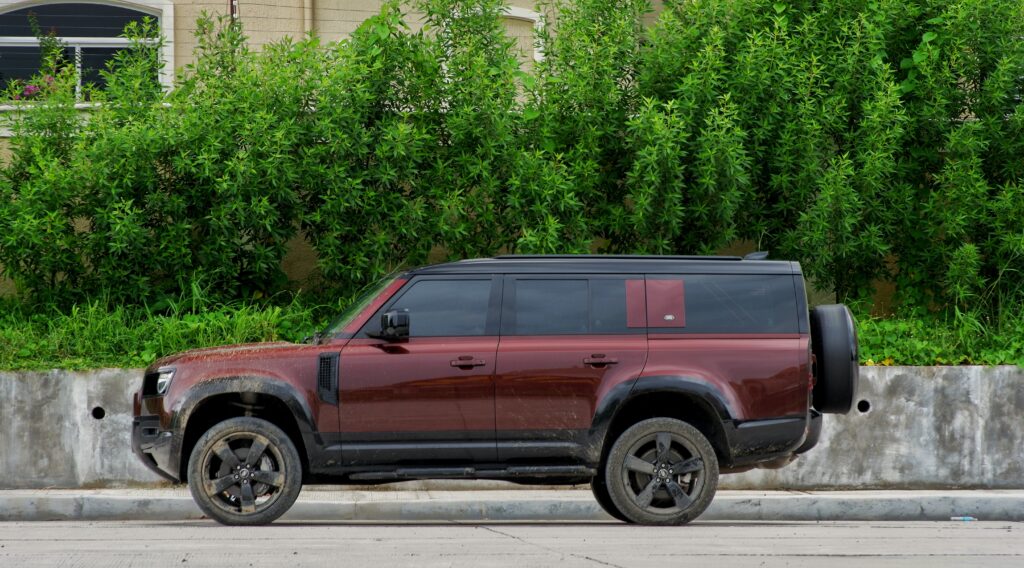
It is worlds apart from the previous L315 and L316 generation Defenders which were amazing off the beaten path in their own right. But I’d never aspire to own one as their on-road driving dynamics are simply horrendous and physically demanding especially if you are not in the mood.
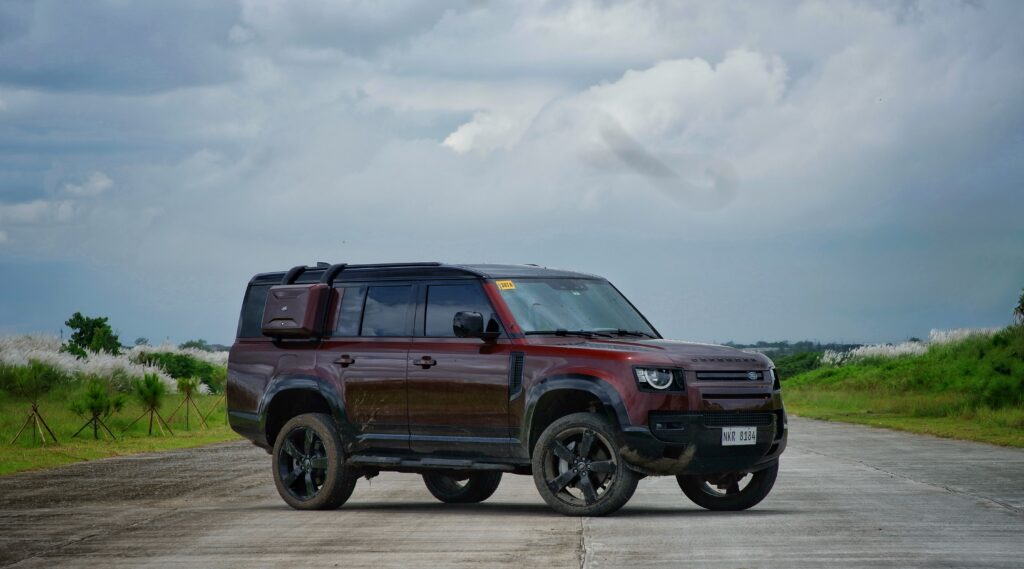
The new Defender straddles both worlds brilliantly.
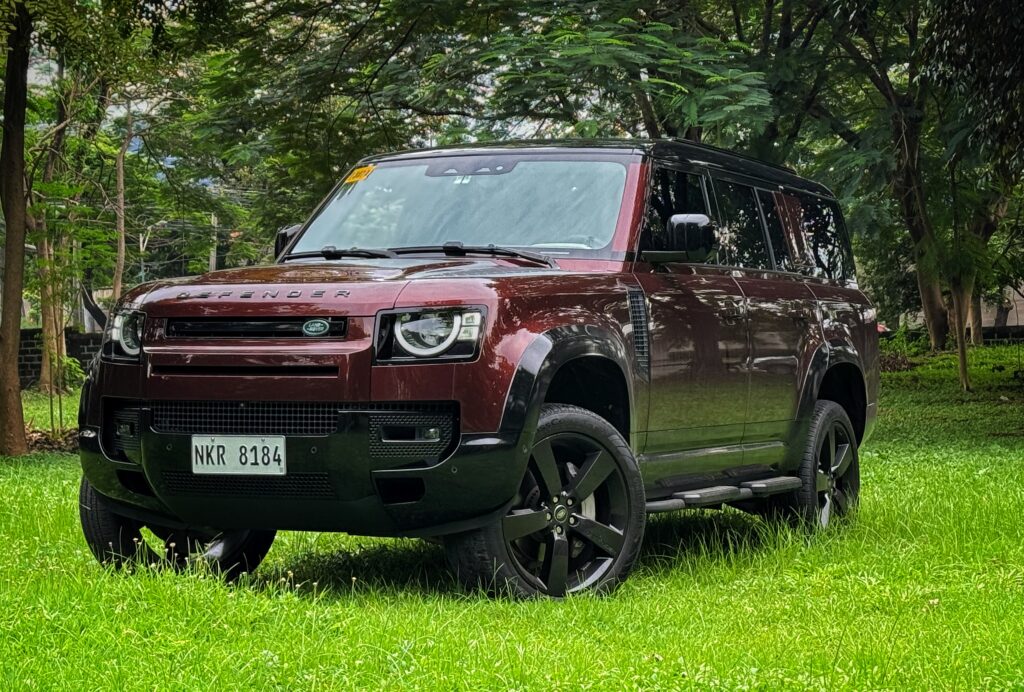
It’s the type of vehicle that, upon waking up, you decide to venture somewhere you’ve never been completely on impulse, confident of the Defender’s true go-anywhere, anytime any place abilities, then go home without even braking a sweat for tea.
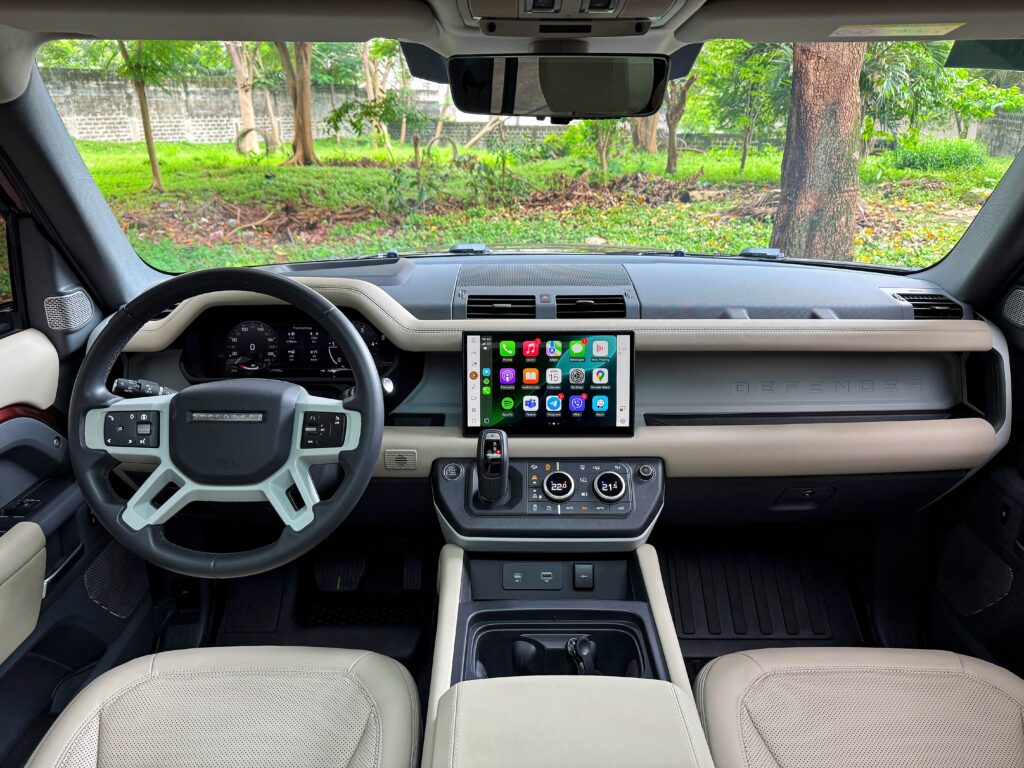
It encourages you to take the unknown, challenging route: difficult terrain, floods, mud, sand and river crossings.
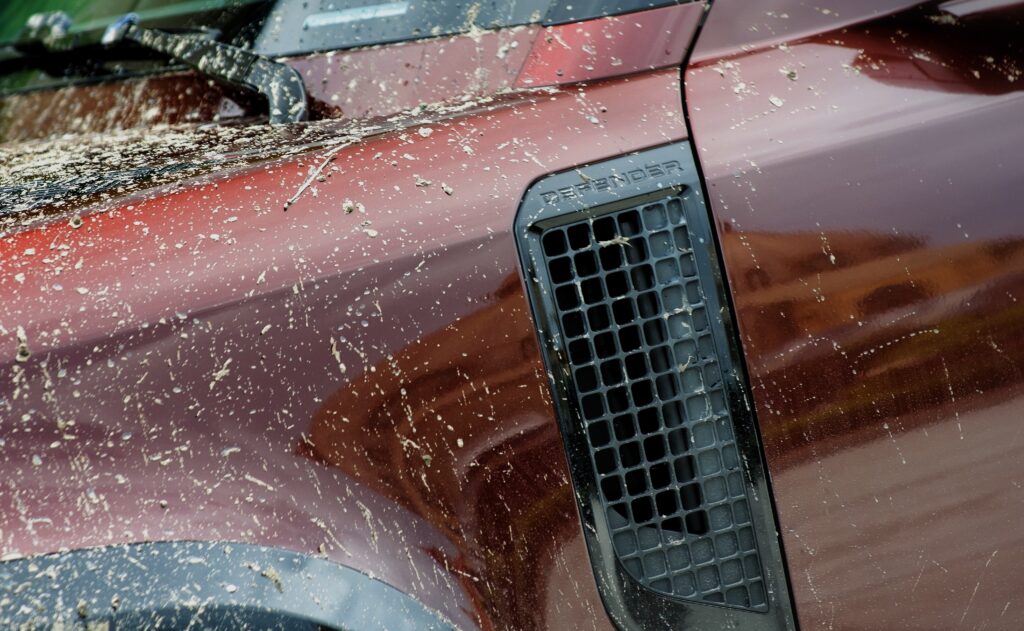
The modern Defender has very impressive on-road manners comparable to a road-biased, car-like crossover which is what today’s market expects in all cars. Something easy to use, versatile, safe and of course efficient while still being powerful enough. And it’s got a plethora of modern safety equipment too.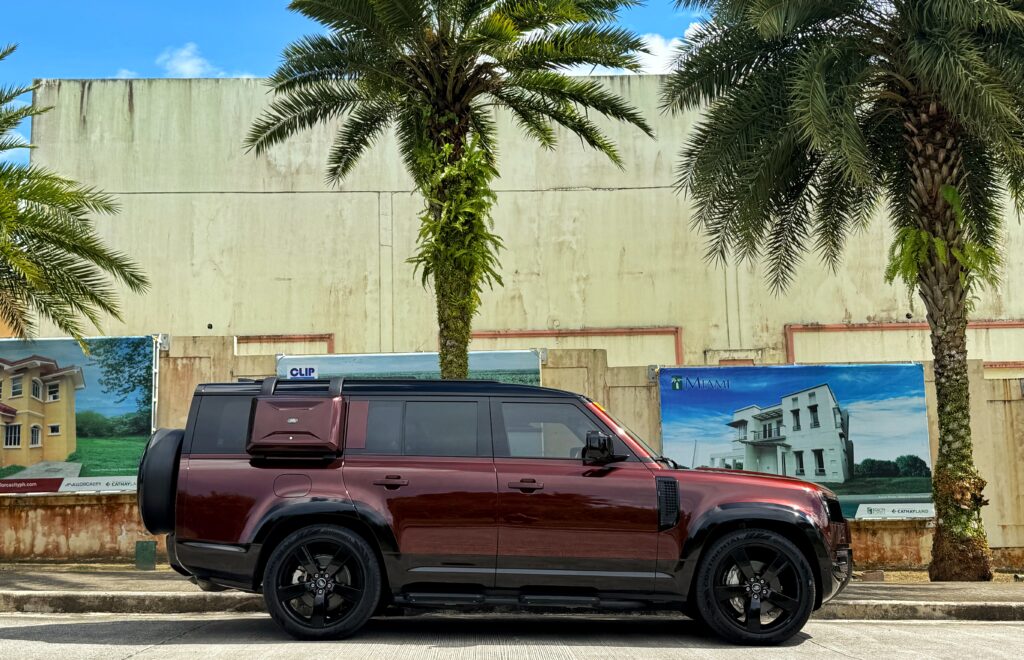
Thankfully, technology has allowed the Defender to retain most, if not all of its off-road abilities. It has made this accessible even in the hands of a novice driver, which is the part everyone wants even if these same buyers will never ever actually use it.
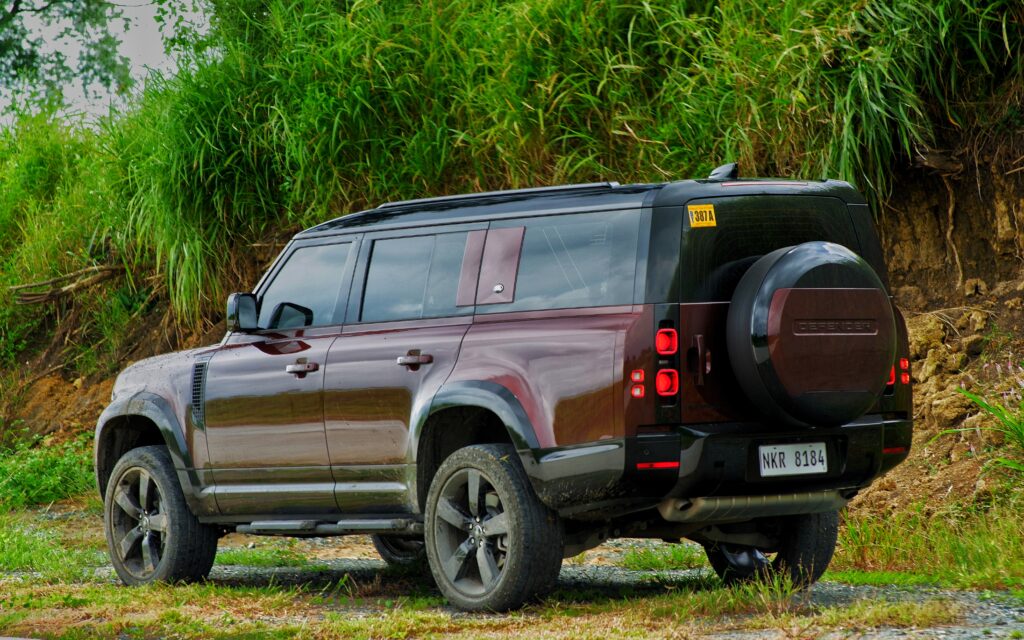
In that sense, it is better, not to mention safer, and also easier to drive, ultimately making it much more enjoyable. Its performance has become far more accessible to a wider range of skills and drivers.
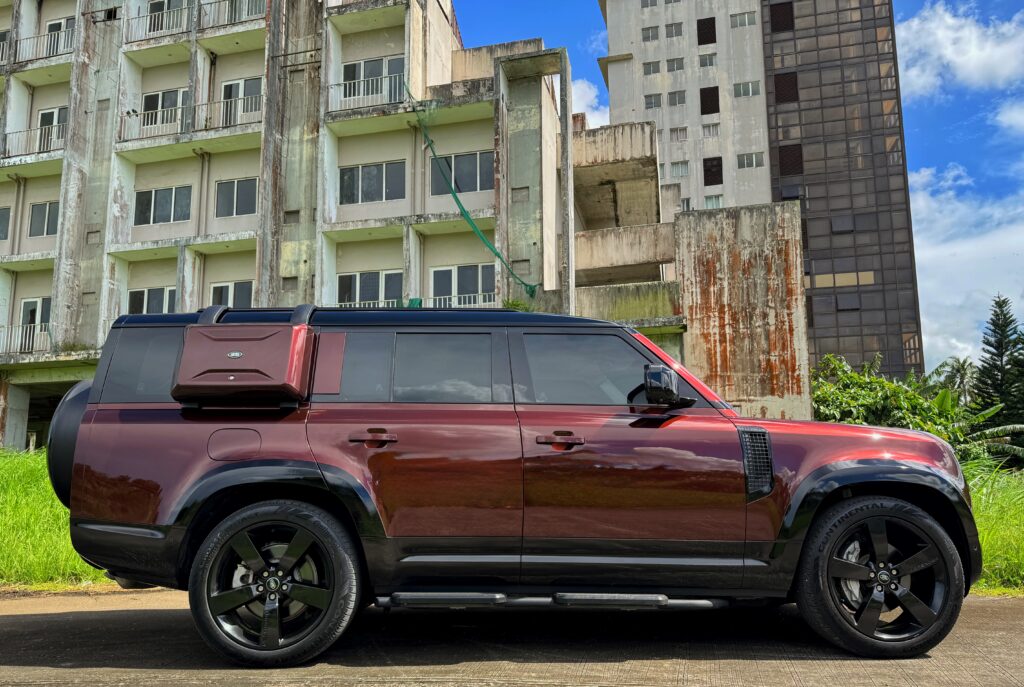
Add more aggressive tires (all-terrain or rugged terrain instead of pure highway terrain rubber), more auxiliary driving lights and perhaps a flat-rack to carry more cargo and you can quite literally travel around the world.
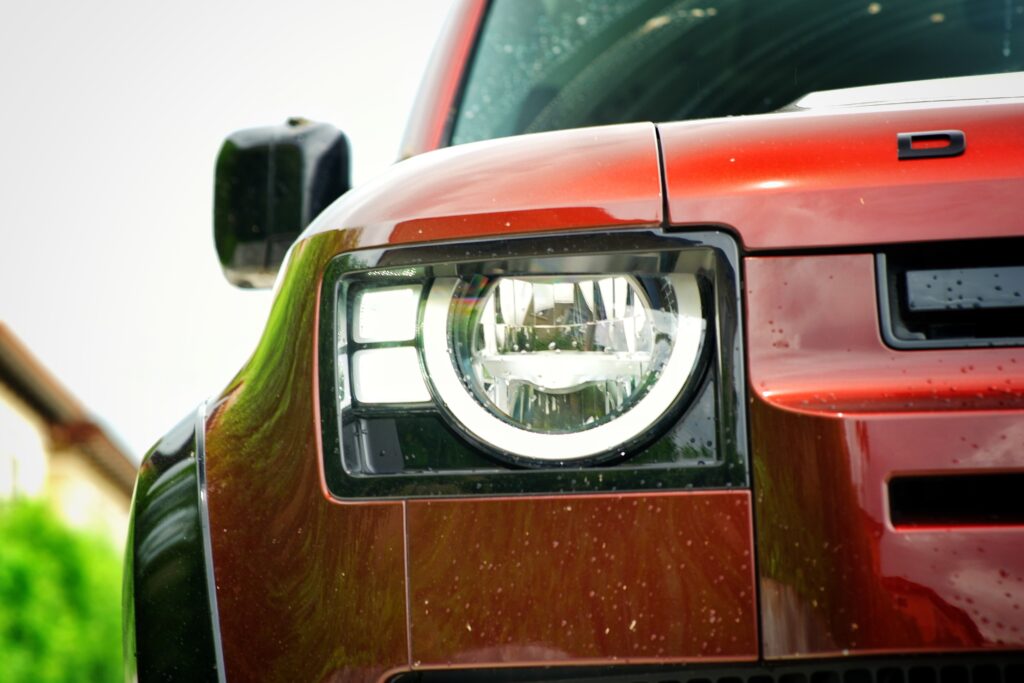
The Land Rover Defender in D130 trim has succeeded in its goal of living up to its legendary off-road reputation while delivering modern day comfort, safety plus everyday usability with a good dose of style.
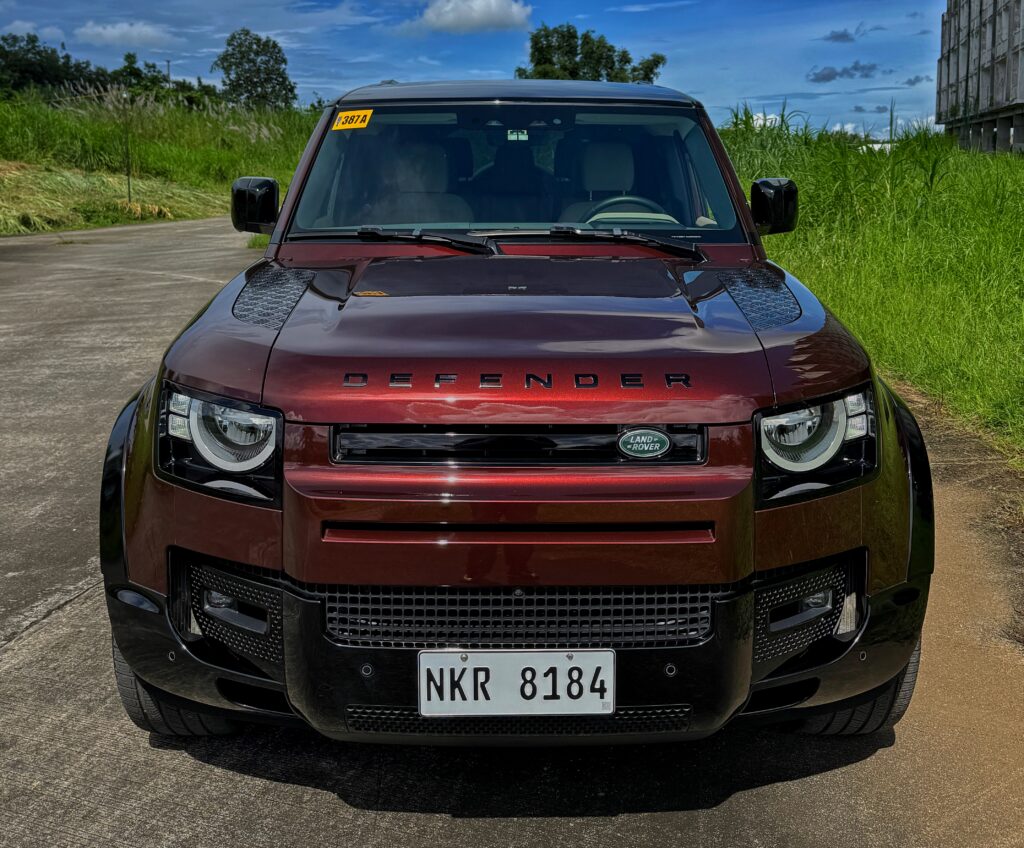
It has reaffirmed itself (in my humble opinion), as the best 4x4xfar to this day.
